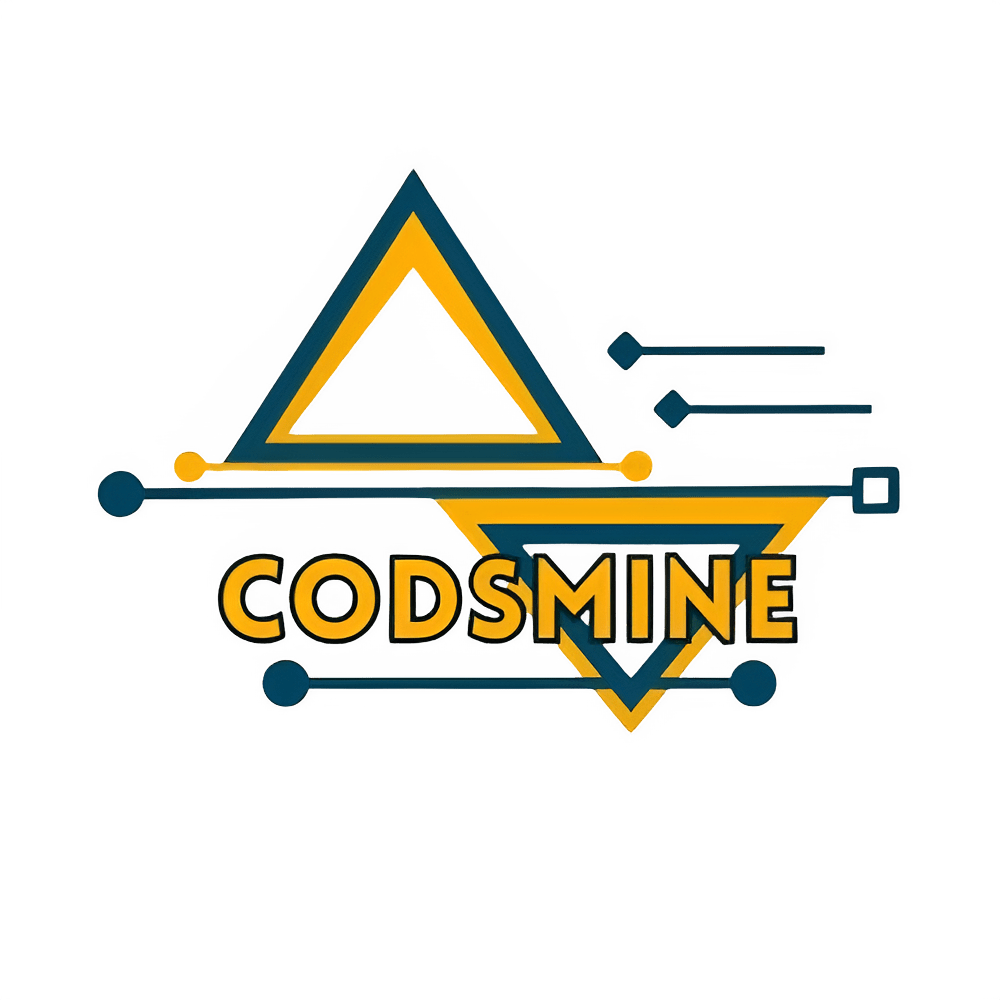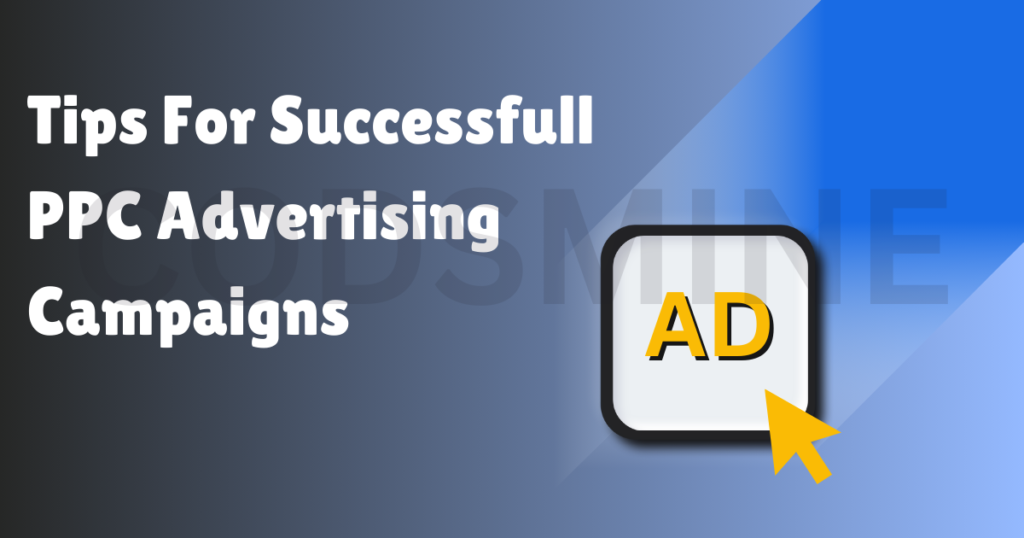
What is PPC?
PPC stands for pay-per-click. PPC is a form of online marketing where advertisers pay each time a user clicks on one of their ads. This model enables businesses to purchase visits to their site with PPC advertising, instead of earning them organically through search engine optimization (SEO). It is a type of advertising where advertisers bid on keywords to make their ad appear at the top of search engine result pages (SERP).
PPC vs SEO & SEM
The Three interconnected PPC (Pay-Per-Click), SEO (Search Engine Optimization), and SEM (Search Engine Marketing) are interconnected digital marketing strategies to increase website visibility and traffic.
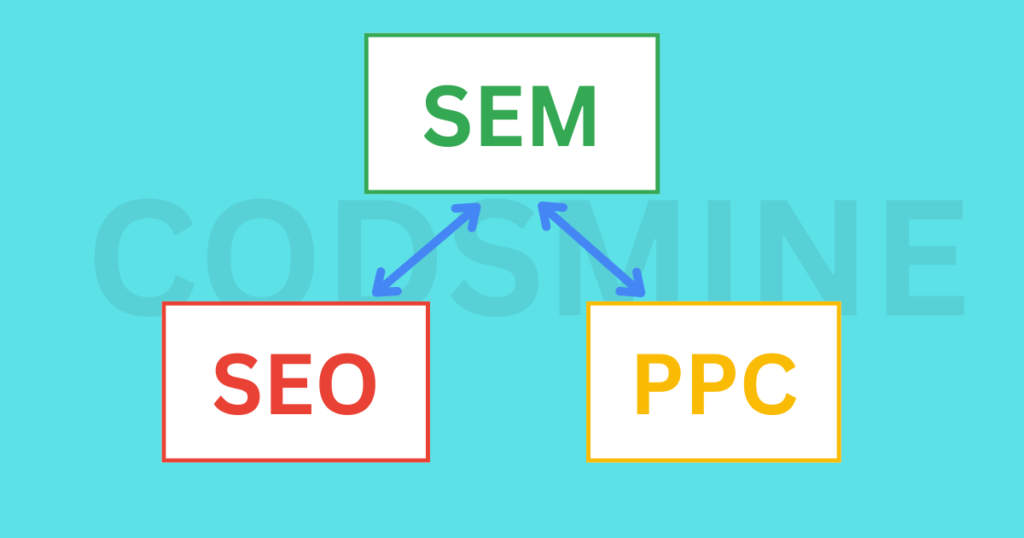
SEO (Search Engine Optimization) improves organic (non-paid) search rankings through content and structural optimization. Time Taking and Improve brand loyalty.
PPC(Pay-Per-Click) involves paying for ads that appear in search results and charging advertisers per click. It generates leads and conversions by paid traffic and gives immediate results.
SEM (Search Engine Marketing) encompassing both SEO and PPC, aims to enhance website promotion via search engines. Combining SEO’s long-term benefits with PPC’simmediateimpact, SEM provides acomprehensive approach to search engine marketing.
How does PPC Advertising work?
● Advertisers set maximum bids on keywords and phrases they want to make appear on search
engines like Google
● Google algorithms determine which ad to show and in what order
● Users search for those keywords
● The users find the relevant keyword and click the ad
● Advertiser is charged each time his ad is clicked
10 Strategies/Tips For Successful PPC Advertising
1. Set The Goal
Before starting a PPC advertising campaign, defining your goal is important. Whether it’s increasing website traffic, boosting product sales, raising brand awareness, or generating leads, the success of your PPC campaign will depend on the goal you set.
2. Market Research Insights
Research new market trends before you set up a PPC advertising campaign. This involves identifying your competition and their strategies and discovering the most commonly searched keywords on the top search engine pages. The chosen keywords should match the audience’s queries, and you should considerincorporating unique selling points, such as special offers, into your strategy.
It’s crucial to explain why people should click on your keywords. For this research, you can use keyword tools like Google Ad Keyword Planner, Semrush, and Ahrefs.
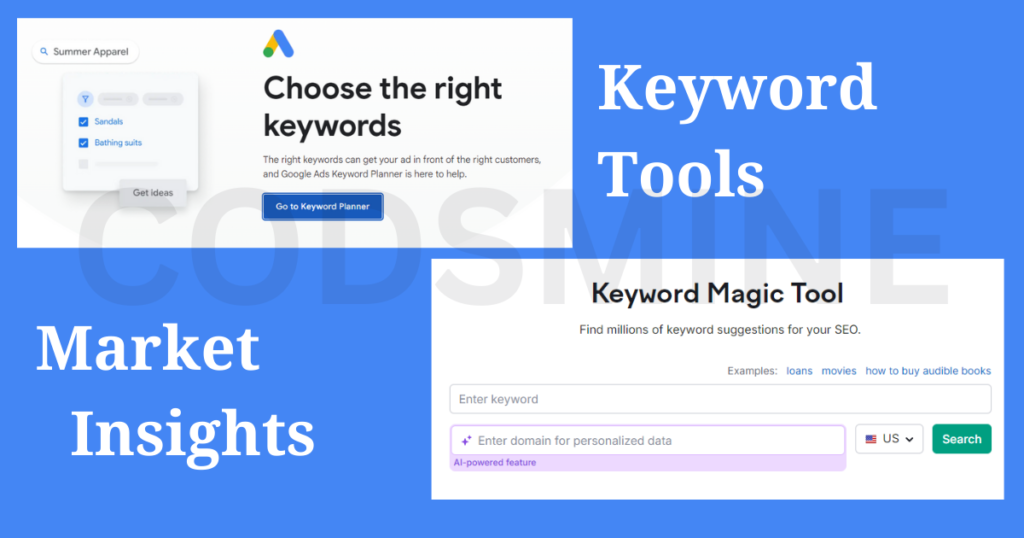
3. Adequate Budget
Allocate a sufficient budget for your PPC advertising campaigns and avoid limiting it. Manage your Facebook and Google ads spending strategically and align your budget with your PPC advertising goals.
4. Choose Platform
Select the right platform according to the objectives for your PPC advertising, the budget you have set for the campaign, and the audiences you have selected.
5. Optimize Your Content
Highlight, Benefits, Service Keywords, Headings, URLs, Customer Reviews, and Social Media Following.
A good landing page in your PPC advertising has good loading speed, supports all devices (especially mobile), and perfectly matches keywords and page content. For instance, if a user searches for “baby lotion” on your baby outfits and accessories website, they should be directed to the exact baby lotion page instead of the homepage or elsewhere. Failing to do so may cause visitors to leave the website to avoid the hassle of further searching.
6. Create Ad Copy
Don’t brag about your product; instead, concentrate on highlighting the unique content in your PPC Campaigns, that is highly searched and straightforward, precisely what the customer is looking for. Avoid using personal pronouns like “I,” “We,” and “You,” opting instead for “You” and “Your.” Customize your phrases to reflect how you address the customer’s specific problems.
7. Make Every Second Count
You have a limited window of opportunity to capture a customer’s attention, as they only have about 5 to 6 seconds to view your ad. Therefore, it’s crucial to keep your message clear and engaging. Your ad should be both understandable and captivating, avoiding any dullness. To grab a customer’s interest, focus on two key elements:
1) Feeling of getting something Desirable and
2) Fear of Something Missing Out (FOMO) Utilizing market statistics can significantly enhance the attractiveness of your PPC ad. Additionally, incorporating well-known trademarks on your website can lend it a sense of authenticity.
8. Relevant Call To Action
Use a Strong call to action (CTA). Use “Sign Up”, “Join” or more according to your product or service in your PPC Campaign.
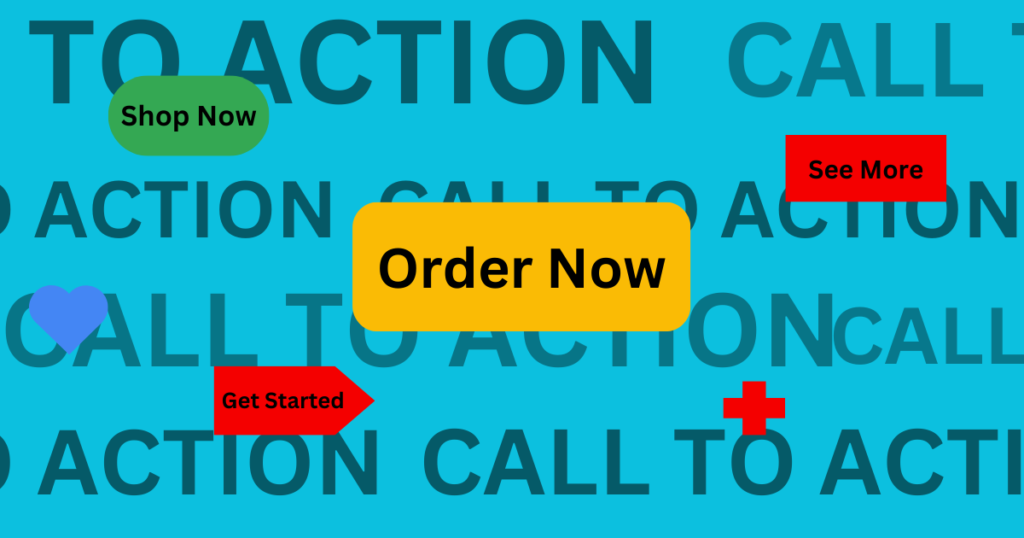
9. Relevant CTA
Use relevant CTA; it highlights the advantages of clicking and can generate more traffic on your website.
10. Split Test To Your Ad
Upon launching your PPC campaign, monitoring its performance diligently and regularly inspecting the ads is imperative. Implement revisions to the headlines and URLs that demonstrate efficacy. Engaging in the launch of multiple PPC campaigns is instrumental in discerning which one will yield superior results.
